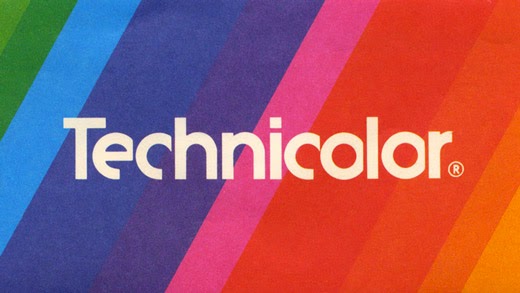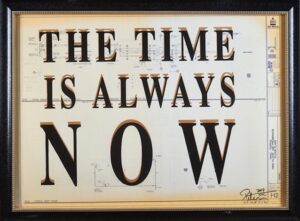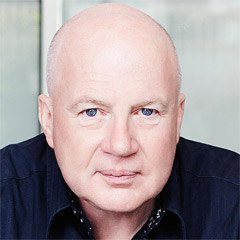Technicolor was first incorporated in 1915; however it didn’t really cotton on until after World War II. Originally considered a passing fad, adding color represented a revolutionary shift in onscreen storytelling, changing visual narratives forever, as told by Adrienne LaFrance in a recent article on The Atlantic.
While it’s hard to imagine not having the option of color these days, not everyone was open to the change. In the beginning, only small parts of films were in color, due to the expense. Largely it was for dramatic effect and to make a bit of a splash. The Wizard of Oz is perhaps one of the most memorable instances; when Dorothy leaves her sepia-toned reality for the colorful Land of Oz.
Color was imbued with emotion, accompanying scenes that filmmakers wanted us to really feel. Scientists in the 1930s were even working to establish an emotion spectrum – emotions being the ‘primary colors’ of the movie palette. From The New York Times in 1937: “Gray, blue and purple are associated with tragedies; while yellow, orange and red complement comedy scenes. Red was the color that best accentuated scenes of great dramatic intensity, with gray and purple the next most effective.”
We’re spoilt with color these days – to the point that directors even use bespoke color schemes to establish the feel of their work. Wes Anderson, Quentin Tarantino, Alfred Hitchcock and Sofia Coppola are known for it. One of my favorite TV series ‘True Detective’ is also known for its unique color palette, described as ‘murky’ and ‘stripped’, helping to define the show’s vibe.
Black and white movies may carry nostalgia, but if you look beneath the surface, color carries more than just a splash.






